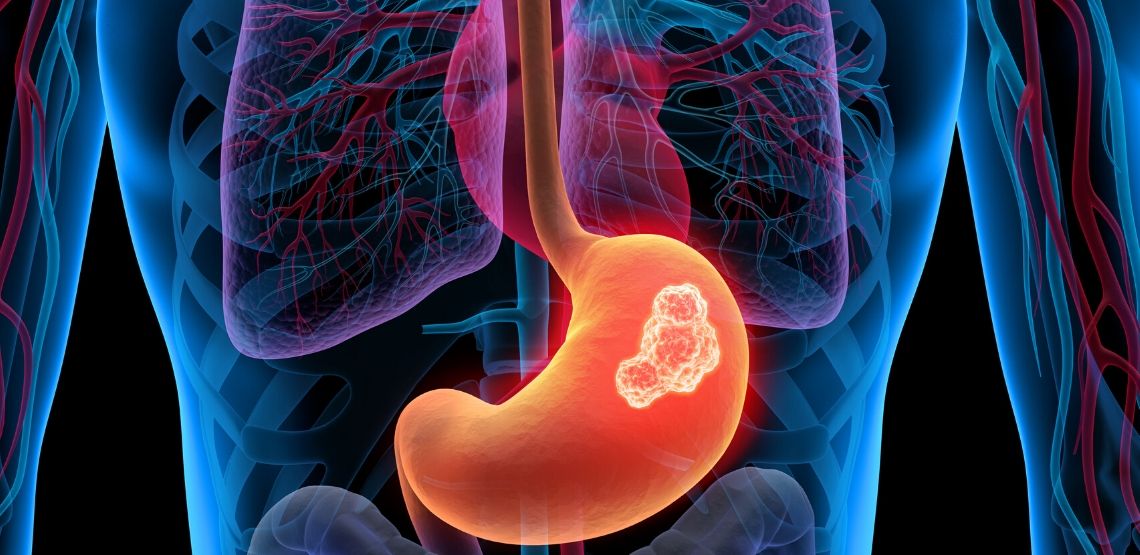Hashimoto's Disease Diet Choices
Below your neck’s Adam’s apple sits a butterfly-shaped gland called the thyroid. Although small and difficult to detect, this gland has a powerful impact on how your body functions. An underactive thyroid, for example, can cause weight gain, extreme fatigue and hair loss. Called Hashimoto’s thyroiditis, this illness is the most common autoimmune condition. Medication and a Hashimoto’s disease diet, however, can alleviate symptoms significantly.
What is Hashimoto’s Thyroiditis?
About 5 in every 100 Americans have an underactive thyroid, which can have many causes. The most common cause, however, is Hashimoto’s thyroiditis. In this illness, the body’s immune system attacks and damages the thyroid. This damage prevents the thyroid from making the hormones it needs to regulate metabolism, energy use and organ functions.
What Are the Symptoms of Hashimoto’s Thyroiditis?
Most people with Hashimoto’s thyroiditis do not experience any symptoms at first. As the condition progresses, more symptoms of the disease show up. The following are the most common signs of Hashimoto’s thyroiditis:
- Weight gain.
- Difficulty tolerating a cold environment.
- Fatigue.
- Constipation.
- Dry and itchy skin.
- Dry or thinning hair.
- Muscle pain.
- Joint pain.
- Slow heart rate.
- Irregular menstrual cycles.
- Infertility.
A health professional may inspect the neck area for signs of an enlarged thyroid, called a goiter. This goiter creates a feeling of fullness in the throat area. Years of Hashimoto’s thyroiditis may later result in a smaller thyroid due to destruction over time by the immune system.
Best Foods for Hashimoto’s Disease
The mineral iodine is essential in making thyroid hormones. However, in the case of Hashimoto’s thyroiditis and other autoimmune diseases, too much of a good thing can be harmful. An overabundance of iodine can make symptoms worse. Foods rich in iodine, like seaweed, strawberries, or potatoes, can end up exacerbating the condition if consumed in large quantities. People with the illness should consult their health professional to see how much iodine should be included in their diet.
Additionally, individuals with hypothyroidism should incorporate the following foods into their diet.
1. Fatty Fish
Fish high in healthy fats have an abundance of omega-3 fatty acids. Omega-3 fatty acids have anti-inflammatory abilities, which may help reduce inflammation brought on by the immune system. Fish like cod and salmon are high in omega-3s and low in calories.
2. Red, Yellow and Orange Peppers
Colorful peppers are nutrient-dense, containing inflammation-fighting vitamins and minerals, like manganese, vitamin C, vitamin E and carafe kids. Although green peppers are healthy, red and yellow peppers offer more nutrients. Peppers are also low in calories and easy to incorporate into dishes.
3. Eggs
Because eggs are versatile and packed with protein, they should be a dietary staple for someone with Hashimoto’s thyroiditis. Eggs deliver valuable nutrients like vitamin A, iron, selenium and omega-3 fatty acids and are still low in calories. Selenium helps to boost the production of thyroid hormones.
4. Spinach and Kale
Spinach and kale have high levels of essential nutrients. However, when it comes to Hashimoto’s thyroiditis, spinach and kale get a bad rap. This negative assumption occurs because spinach, kale and other leafy greens can affect the thyroid’s ability to absorb iodine — if consumed in large amounts. To negatively impact the thyroid, a person would need to consume an unreasonable amount of spinach or kale!
5. Oysters and Shellfish
Zinc is a mineral that enhances the body’s production of thyroid hormones. Oysters and shellfish have high zinc levels, making them a recommended part of a hypothyroidism diet.
6. Tuna
People who enjoy seafood probably do not mind eating a diet that works with Hashimoto’s thyroiditis. Tuna, for example, is rich in iodine, selenium and tyrosine. These nutrients all help to encourage thyroid hormone production and alleviate symptoms.
Foods to Avoid
Avoiding foods that are high in sugar, processed, or are high in saturated fats can reduce hyperthyroid symptoms. Sugar — especially the sugar in processed foods — leads to blood sugar spikes, increased inflammation, poor hormone functioning and weight gain. Processed foods, like packaged snacks and desserts, also cause inflammation and exacerbate symptoms.
People who are under the care of a physician and receiving thyroid medication should avoid taking their medications when eating the following:
- Walnuts.
- Iron supplements
- Multivitamins with iron.
- Soybean flour.
- Antacids containing aluminum, calcium, or magnesium.
- Cottonseed meal.
- Calcium supplements.
Dietary Extremes
Avoiding extremes is the key to staying on a healthy diet with Hashimoto’s thyroiditis diagnosis. Moderation helps prevent wild fluctuations in hormone levels and lets the body function with some stability. For example, a diet high in processed foods is detrimental in the long run. However, a diet exclusively consisting of spinach and kale can also throw someone’s thyroid further off track.
Stay Informed About Your Status
Most doctors recommend periodic blood tests for people with Hashimoto’s thyroiditis. These tests can help determine an individual's thyroid hormone levels and decide a course of treatment. Working with health providers and adhering to recommendations gives people with Hashimoto’s thyroiditis a better chance at a good quality of life despite their diagnosis.
Eating a reasonably nutrient-dense diet and working with a health provider can keep someone with Hashimoto’s thyroiditis relatively symptom-free.
Article Resources
- National Institute of Diabetes and Digestive and Kidney Diseases [Hypothyroidism (Underactive Thyroid)]
- Mayo Clinic (Hypothyroidism diet: Can certain foods increase thyroid function?)
- ScienceDaily (Understanding how omega-3 dampens inflammatory reactions)
- MedicalNewsToday (Everything to know about bell peppers)
- International Journal of Endocrinology (Selenium and Thyroid Disease: From Pathophysiology to Treatment)


